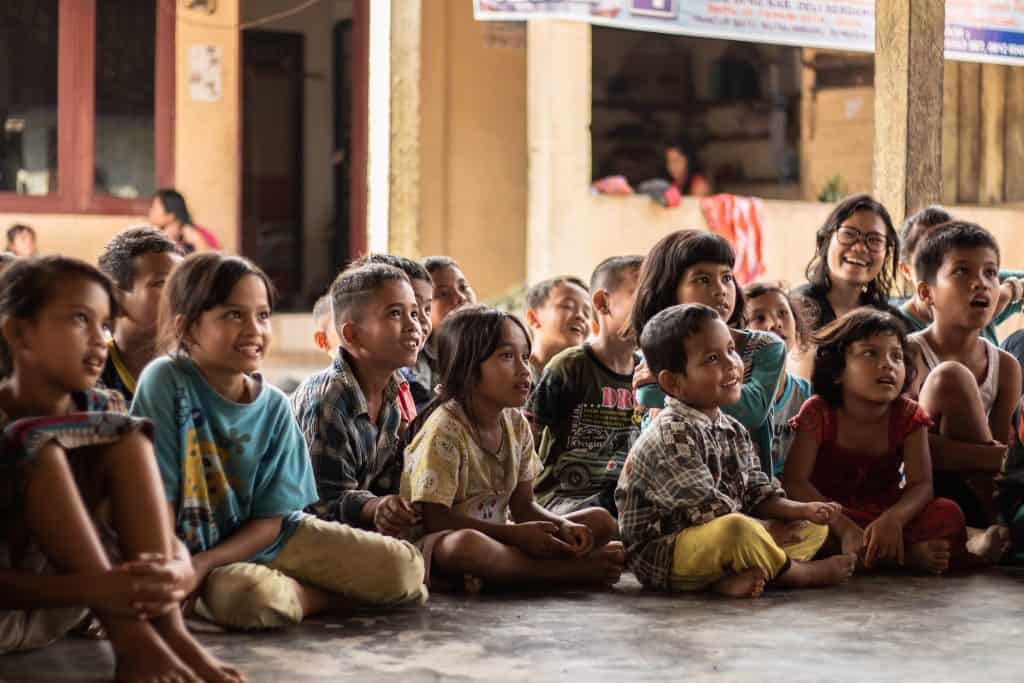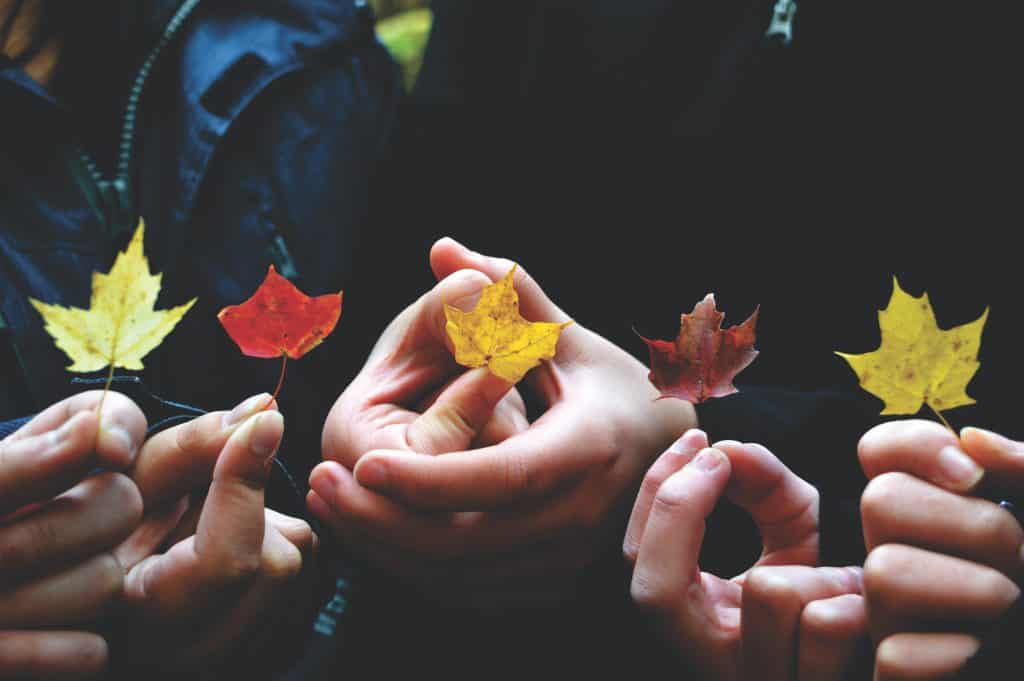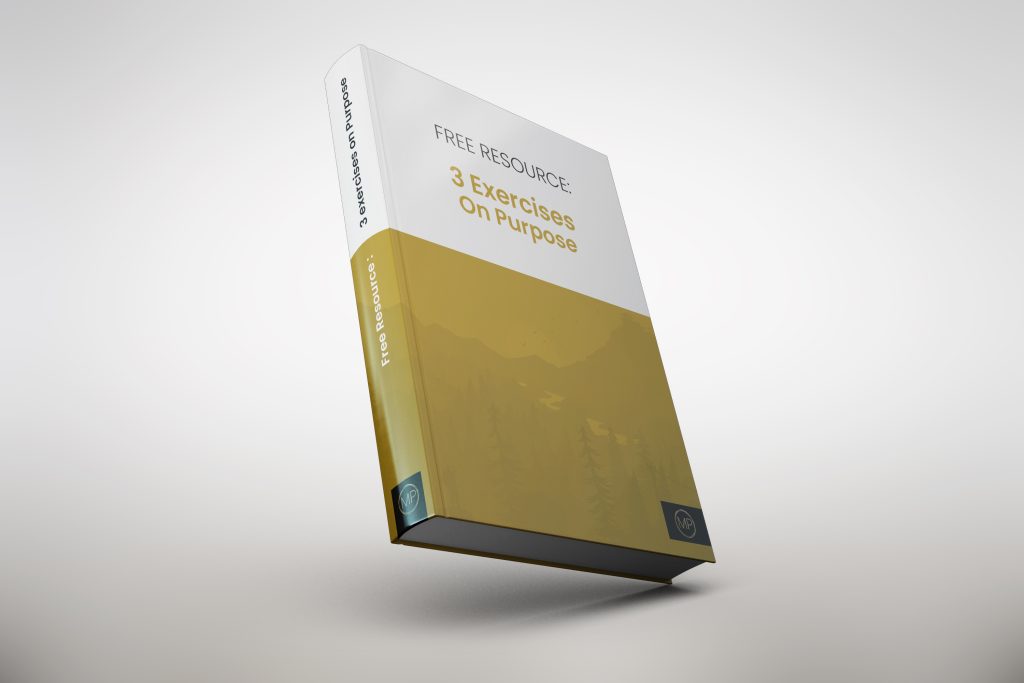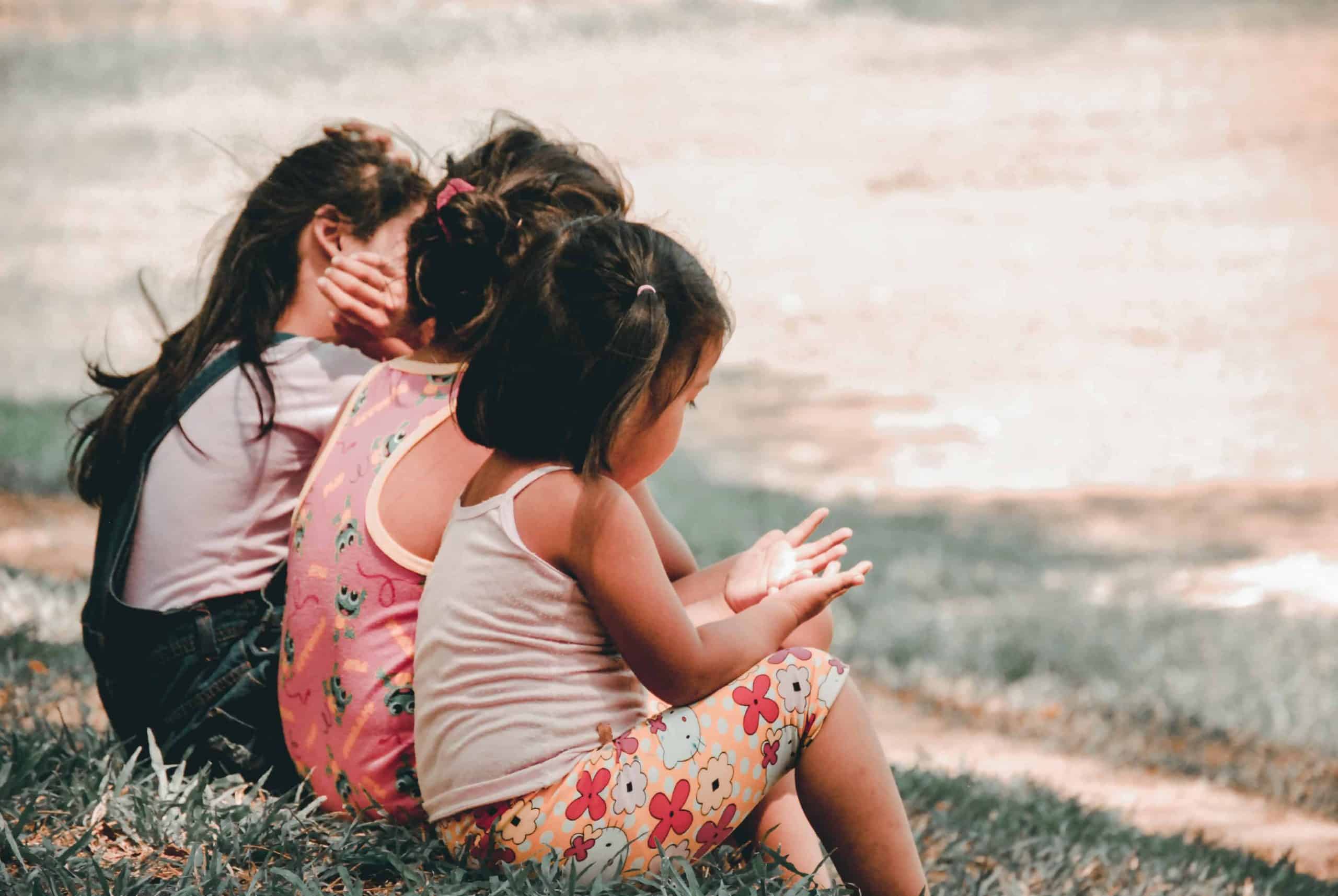“Mindfulness means being awake. It means knowing what you are doing.” – Jon Kabat-Zinn
Mindfulness is a very simple yet powerful practice that can involve meditation or other activities to help you become more aware of your thoughts, bodily sensations, emotions and awareness of your surroundings. Mindfulness has become more popular for teenagers and children and the importance of meditation in school is becoming more apparent.
Mindfulness based practices can significantly improve mental health, be a very helpful process for varying challenges such as eating disorders; and mindfulness can also help us to become much calmer and happier individuals in helping us to make healthier choices in our lives with more clarity. Mindfulness for children also helps us to create healthier and happier relationships, as we listen to one another’s needs, empathise more and show more compassion through the practice of mindfulness.
What is Mindfulness for Children?
Mindfulness for adults is a common practice and culture, but what about what is mindfulness for kids?
Mindfulness activities for teens and mindfulness exercises for kids can be done in a simple and fun way that extends beyond meditation. The practice of mindfulness activities for children helps children practice healthy habits, become more aware of their feelings, their thoughts and their actions. If a child has a lot of energy they may charge around and use that energy up in varying ways. By practicing mindfulness exercises, that child can learn to channel their energy in a healthier way and be more aware of their actions. Practicing mindfulness in the early stages of life can help children and teenagers grow into calm and thoughtful adults. In particular the practice can help children and teenagers process emotions and life events that may otherwise harm them at a later stage as adults.
A study by Robin Ortiz and Erica M. Sibinga 2017, shared;
“Research suggests that many children are exposed to adverse experiences in childhood. Such adverse childhood exposures may result in stress and trauma, which are associated with increased morbidity and mortality into adulthood. In general populations and trauma-exposed adults, mindfulness interventions have demonstrated reduced depression and anxiety, reduced trauma-related symptoms, enhanced coping and mood, and improved quality of life.”
What about the importance of meditation in school?
A report for mindfulness in schools by Katherine Weare, Emeritus Professor, Universities of Exeter and Southampton shares;
“Well conducted mindfulness interventions can improve the mental, emotional, social and physical health and wellbeing of young people who take part. It has been shown to reduce stress, anxiety, reactivity and bad behaviour, improve sleep and self-‐esteem, and bring about greater calmness, relaxation, the ability to manage behaviour and emotions, self-‐awareness and empathy.”
We are learning more and more of the benefits of mindfulness activities for children and teenagers in addition to the importance of meditation in school.
How Mindfulness Helps Mental Health
Mindfulness is awareness; and with such awareness you can understand yourself better and the world around you with more clarity. It gives you the foundation to make calm and healthy choices, to remain calm under stress and to process negative emotions in a healthy way.
Imagine going to bed one evening feeling anxious about money; mindfulness practice can help you identify your emotions with more clarity, helps you to break down the real source of your worry, and give you space to pause to make rational decisions to create an action plan to improve your financial health.
Imagine one day feeling fantastic, you feel in a state of flow, everything is going your way on this very day. Then tomorrow comes, your mind is wandering, you feel distracted, you don’t quite feel yourself; you become agitated as nothing has changed yet you feel out of sorts. Mindfulness can help you to pause and take the time to explore your thoughts and emotions.
In regards to a teenager or child, an upset with a school friend or a bad grade can cause a lot of anxiety and self-doubt. If this is not resolved quickly and in a healthy way, the negative emotions can grow and further feed increased anxiety and low self-esteem. This can carry on for many days, weeks, months and even years. Negative events for children and teenagers can affect later adult hood and shape the child tremendously. Mindfulness based practices can help the child or teenager understand and process these emotions efficiently and extend themselves to emotional intelligence, emotional regulation, self-acceptance, self -compassion and much more. Think of mindfulness as the tool to explore such other practices. Mindfulness for teens and mindfulness exercises for kids can help particular challenges such as eating disorders.
The Clementine Clinic shares how mindfulness practices can help significantly with eating disorders;
“Through mindful eating, consuming food is no longer a mindless act, but one that requires focus not just on the food but on the sensory processes involved in consuming it. Teens in eating disorder recovery learn to understand their emotional responses to food, by understanding and addressing their emotional triggers to food. Of all the eating disorders, binge eating is the one most responsive to the mindful eating techniques. By definition, binge eating involves ingesting a large amount of food in a very short time without mindfulness or control. A 1999 study published in the Journal of Health Psychology found mindfulness practices decrease emotional eating by almost two-thirds. It also reduced the severity of episodes.”
A Harvard Study in 2015 shared how mindfulness helps improve sleep and helps with insomnia;
“The findings come as no surprise to Dr. Herbert Benson, director emeritus of the Harvard-affiliated Benson-Henry Institute for Mind Body Medicine. “Mindfulness meditation is just one of a smorgasbord of techniques that evoke the relaxation response,” says Dr. Benson.”

Explaining Mindfulness to a Child
How to explain mindfulness to a child?
The best way to share knowledge and to help others is to learn some of the practice yourself first. Also you can learn together and enjoy the process as a mutually shared journey and fun engagement with your children. We have graphics and an article on mindfulness meditation for beginners which you can use for further knowledge.
Mindfulness is a much broader process than meditation; you can practice mindful walking whereby you take the time to really appreciate nature, breath deeply and focus on the present moment. Mindful eating is where you savor the flavours and the smells and really appreciate the food you take in. Many of us could admit at times in our life we eat food at a rapid pace whilst watching television and within a flash the food has gone. We can continue to eat at such a pace we don’t notice when we are full enough and may not have really appreciated that meal.
Mindfulness exercises for kids & mindfulness for teens:
- STOP: This acronym can be a very useful tool to be used any time. Stop; Take a breath, Observe, Proceed. If we use this practice 1-2 times per day and also teach this to our children, mindful thinking starts to become a healthy habit.
- Nature Walk: Go for a walk with your children and encourage them to use all of their senses. Pause at certain trees, observe animals, savor and appreciate the moment.
- Body Scan: Sit in a comfortable position and observe your breathing (is it deep within the lungs or shallow in the chest), observe your heart beat as well. Instead of sitting you could play a game or do star jumps for 30 seconds with your children and then observe your breathing and your heart beat. This trains us to be more aware of our bodily sensations and allows us to identify things within our body with more clarity. For example, if we feel stressed it is better to identify where the source of the pain in the body is with clarity rather than saying, ‘I feel sick.’ Many of us often become ‘stuck in our heads,’ and we rush around in life. By taking the time to practice pausing and monitoring our body, we can understand our bodies better and from this proceed with healthier actions for our body.
- Meditation Practice: See our page for breath work and meditation exercises on meditation resources page.

The Benefits of Mindful Children
According to Marilyn Wedge Ph.D 2018; mindfulness can help children in many ways:
- Mindfulness can improve cognitive functioning for children and teenagers which can help with their everyday life, school focus and improve memory.
- Mindfulness can help to lower anxiety and stress and as a consequence improve the happiness of a child.
- Mindfulness helps children and teenagers with becoming more patient as they are more aware of their emotions and needs.
- Mindfulness helps children and teenagers remain more calm in varied situations as the practice promotes awareness and control.
- Mindfulness creates good habits for reaching adulthood. Children and teenagers can learn that when life’s challenges arise, they can take time to pause, reflect and process negative emotions in a healthy manner.
Dr. Sherry Skyler Kelly’s work with Kaitlyn Kelly with PositiviTeens® has done extensive work around how certain technology use teaches teenagers to become reactive rather than proactive, and it can train the brains of individuals many negative traits. Mindfulness on the other hand helps to train the mind to become calm and to be aware of feelings, thoughts, and to make healthy choices.
Parents Community
Meaningful Paths has a range of courses for parents, teenage well-being and personal development ranging from:
- Raising Resilient Kids in Challenging Times
- PositiviTeens® Your Brain in the Social Media & Digital Age
- Postnatal Pilates and Mindfulness
- Man Moving Forward for Fathers
- Body Image & Self-Acceptance
These courses can be found within our free App. Our App also includes a vast range of health and wellness resources and a membership for parents which comes with a free one month trial.
Find our more here – Meaningful Paths Memberships – Meaningful Paths
Concluding Thoughts
“Respond; don’t react. Listen; don’t talk. Think; don’t assume.” ~Raji Lukkoor
Mindfulness activities for children and mindfulness for teens can help them grow into healthy, happy and calm adults. It can help children and teenagers voice their concerns, thoughts and emotions with greater clarity. It can help them to process emotions and traumas in a healthier way that may prevent child hood events becoming adult challenges. Mindfulness can help bring families together through fun and engaging activities that encourage communication, love and affection. Mindfulness can hep children and teenagers practice gratitude and appreciate nature, family, people and life itself. Please take the time to make a list of fun activities you can do with your children and as a family each week and create a foundation of calm and happiness.
Wishing you health and well-being.
References
Mindfulness meditation helps fight insomnia, improves sleep – Harvard Health
Microsoft Word – misp-research-summary-5.5.2012.docx (mindfulnessinschools.org)
The Role of Mindfulness in Reducing the Adverse Effects of Childhood Stress and Trauma (nih.gov)
7 Ways Mindfulness Can Help Children’s Brains | Psychology Today United Kingdom
51 Mindfulness Exercises for Kids in the Classroom – Waterford.org
Image Reference
charlein-gracia–Ux5mdMJNEA-unsplash


